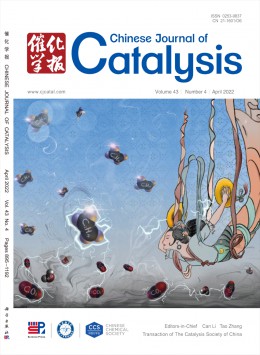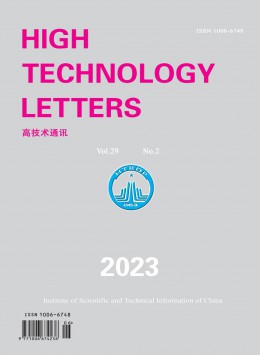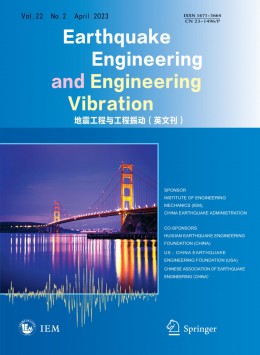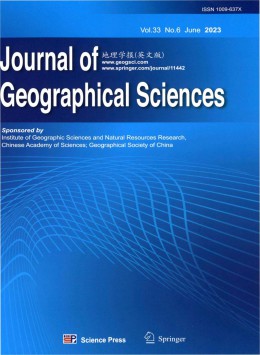History of the Dalian Institute of Chemical Physics and the Friendship between China and Japan in catalysis
摘要:This article presents a history of the origins of the Dalian Institute of Chemical Physics, Chinese Academy of Sciences (Abbreviated as DICP) and relates the recent friendship between China and Japan in the field of catalysis. Although the official beginning of DICP is in 1949 with the birth of the People's Republic of China, there are earlier roots that went back to the defeat of Russia by Imperial Japan in 1905. This began a period of occupation and exploitation of Northest Asia by Japan which did not end until its defeat by Allied forces in 1945. During the period of occupation, a laboratory was created called the Central Research Laboratory of the South Manchurian Railroad Company, which was staffed by the best and brightest researchers from Japan, and was able to develop new processes in chemicals and synthetic fuels that fed the Japanese Imperial forces. Between 1945 and 1949, Dalian was administered by the Soviet Union, and the removable equipment from the Laboratory was taken. In this period one individual stood out, the Laboratory Director Marusawa Tsuneya, who risked his life to preserve the scientific records and staff of the institute, and then stayed in Dalian for ten years after the Second World War to help China rebuild its capabilities. The Central Research Laboratory is still preserved as the Old Campus of DICP. The origin of the friendship between China and Japan in catalysis can be traced to Professor Morikawa Kiyoshi, who worked in the Central Research Laboratory and helped commercialize a shale coal liquefaction process. Upon his return to Japan he became Professor at the Tokyo Institute of Technology and in 1975 organized the first visit by Japanese academics to China. This was reciprocated in visits to Japan in 1977 and 1980 by top researchers such as Zhang Dayu, Min Enze, Tsai Khirui, Lu Jiaxi, and Lin Liwu. This resulted in numerous contacts between individuals, which multiplied geometrically. Notably among these were the personal interactions between Guo Xiexian, the Vice-Director of DIC
注:因版权方要求,不能公开全文,如需全文,请咨询杂志社






